Top 5 places you've got to visit before you leave this world.
Life is like an Ice cream, you gotta enjoy it the most before it's over and you can´t do anything.That's why you should take advantage of every opportunity that destiny gives you to live new experiences, because you'll never know which one's the last.
So today, I'm bringing the top 10 places you need to know before the ice cream melts at all.
5. Turkey.
Turkey is a transcontinental Eurasian country. Asian Turkey which includes 97 percent of the country is separated from european country by the Bosphorus, the sea of Marmara and the Dardanelles.
Turkey's extraordinary ecosystem and habitat diversity has produced considerable species diversity.
The coastal areas of Turkey bordering the Aegean and Mediterranean Seas have a temperate Mediterranean climate, with hot, dry summers and mild to cool, wet winters. The coastal aereas bordering the Black Sea have a temperate oceanic climate with warm wet summers and cool to cold, wet winters.
I would recommend you to visit the following places over there:
- Ankara.
4. Cayman Islands.
The Cayman Islands are an autonomus British Overseas Territory in the western Caribbean Sea. They are three islands: Grand Cayman, Cayman Brac and Little Cayman.I went to Grand Cayman, and trust me it's a really charming place, the landscapes are amazing, the climate is perfect, the people is very kind and there are many things to do. The perfect Destiny!If you want to relax on the beach and enjoy delicious gastronomy you'd better visit Calico Jack's.
You can also visit other amazing places like Stingray City,The cayman Turtle farm,the Davinoff concrete sculptures garden and much more.
3. England.
England is the largest of the four "Home Nations" that make up the United Kngdom. It is also the most populous of the four with almost 52 million inhabitants.
England has been stereotyped as being cold, grey and rainy since the ancient Romans wrote home, but this is not an entirely accurate picture. Temperatures rarely get very cold or very hot, and while the country certainly gets rain, it's really not as wet as rumour has it.
The people of England, like their language, are a mixed bunch who have regularly been infused with new blood- From the Romans nearky 2000 years ago taking control of the ancient British in the regiom. to the later influences of Angles, Saxons and others from Europe after which created the original Idea of the English, to the vikings and then the Normans about a thousand years ago.
England is an excellent destiny. So now, I'm giving you 10 places you must visit if you are considering your next vacation in England.
Nearby, the perfectly preserved Victorian village of Saltaire is well worth a trip. Visitors can find the arts centre and independent shopping centre Salts Mill and the newly opened Salt Beer Factory – an impressive £1.7m brewtap, music venue and food hub launched by local beer heroes Ossett Brewery.
- Bristol.
The city’s first shipping container park can be found in the new neighbourhood development Wapping Wharf. Here, some of the city’s best bars and restaurants are found in an idyllic waterside setting; try the seasonal, succinct cooking at Box-E and creative modern beers from Wild Beer Co. While you’re here, stay at Bristol’s coolest new hotel Artist Residence – a boutique chain born in Brighton with a plan to renovate a Grade I-listed former boot factory, opening this autumn.
- Cornwall.
There’s myth and mystery, misty clifftops and sharp, rugged rocks rising out of restless waves, as well as peaceful coves, sleepy towns and vitamin D-soaked beaches packed out with surfers. Go in search of King Arthur at Tintagel’s romantic, clifftop ruin (which is reopening in August with a brand new bridge), before travelling along the coast to Boscastle and the Museum of Witchcraft and Magic – it’s the world’s oldest and largest collection of items relating to magic, home to creepy mirrors, mummified cats, lucky charms and spell-casting stones. Watch a play with the Atlantic as the backdrop at the Minack Theatre, see great works of art at Tate St Ives and have a freshly cooked feast under the stars at The Hidden Hut. Then wander the causeway out to St Michael’s Mount at low tide, lose yourself in The Lost Gardens of Heligan and explore Cornwall’s answer to Kew Gardens: the Eden Project, with its enormous indoor forests. This otherworldly part of the country makes a compelling case to stay in the UK this year.
- Peak District.
- Bracing walks don’t get much better than those in the Peak District, but with so many on offer, how do you choose? Ask Jarvis Cocker, of course. The Pulp frontman – along with Turner Prize-winning artist Jeremy Deller and local community groups – has put together a self-guided walking trail to show off the best of the area. The project comes almost 90 years after the Kinder Scout Mass Trespass of 1932 – a key moment in the fight for public access to private land. Celebrate by taking part in the walk, which starts at Edale and takes around three hours.
- Scottish Highlands.
For an escape that couldn’t feel further from London (but isn’t actually that far), jump on the Caledonian Sleeper after work on a Friday and wake up early the next morning in the middle of the Highlands. A new fleet of plush trains, with double beds and en suites, are arriving this year, to make the overnighter to Scotland more comfortable. Disembark in Inverness and you’ll find yourself within driving or day-tripping distance from hikes in the Cairngorms, dolphin spotting at Chanonry Point and monster hunting at Loch Ness. Venture further afield to see the fang-like stacks at Duncansby Head, the deserted beaches of the north coast, the Glenfinnan Viaduct, made famous by ‘Harry Potter’, and the dizzying heights of Ben Nevis, the highest mountain in the British Isles.
- Exmoor.
Our lives are forever getting brighter, thanks to our devotion to screens, and spots where you can see the dark sky and stars above us are dwindling. In London, streetlamps, floodlights and illuminated office blocks mean real astral gazing is a no-go. It never gets truly dark at all. Thankfully, that’s not true of some other parts of the UK. Exmoor has the darkest skies in the country, according to the International Dark-Sky Association. Classed as a Dark Sky Reserve, the landscape is made up of moorland with nature reserves, ancient burial grounds, wild valleys and rugged sea cliffs. It’s a lush place to explore by daylight, but at night head to Holdstone Hill, County Gate, Brendon Two Gates, Webbers Post, Anstey Gate, Haddon Hill or Wimbleball Lake for impressive astral views.
- Bath.
Bath got its name because that’s what it was when it was founded by the Romans in 60 AD, who built baths here because of the hot springs. It reached its popularity peak in the Georgian years when the wealthy flocked here for spas. Besides being famous for its waters, the city also is an excellent example of Georgian architecture. The city has an active cultural scene today, with live theatre and fine dining. This southwestern English city makes a good base from which to visit the monolithic Stonehenge.
- Cambridge.
Cambridge is an historic city about 80 km (50 miles) north of London that is home to the University of Cambridge, one of the top universities in the world. It was founded in 1209; its students make up almost 20 percent of the city’s 123,000 population. After touring the university, travelers may want to take a boat ride on the River Cam, visit the Fitzwilliam Museum with its huge collection of antiquities, or walk across the Mathematical Bridge that some claim is better than bridges in Venice.
- Jurassic Coast.
Fossil hunters may want to make a beeline for the Jurassic Coast, a section in southern England that runs roughly from Bournemouth to Exmouth. The rocks date back 185 million years to when the continents were crunching up against each other and then drifting apart. Museums along the way explain each region; Charmouth is the best place to find fossils. Fossil hunters, and all visitors, should take time to walk the beaches or visit the small charming towns along the way. Take care when walking near cliffs since rocks can fall at any time.
- Oxford.
Oxford dates back to Saxon England when it was known as Oxenaforda or a place where oxen crossed a river. Today it is known as home to the oldest university in the English-speaking world, Oxford University, which dates back to the 12th century. This southeastern England town, the county seat for Oxfordshire, also boasts the remains of Norman castles, and the Christ Church Cathedral, a college chapel and cathedral rolled into one building. Because students come from all over the world to study here, Oxford is an ethnically diverse city.
- York.
York is a walled city with a rich heritage located where the River Foss meets the River Ouse. Plenty of exciting sights compete for visitors’ attention as they stroll along the city’s cobblestone streets. One of the city’s landmarks is York Minster. This commanding stone cathedral is filled with remarkable works of art. The medieval Clifford’s Tower, which was built by William the Conqueror and rebuilt by Henry III in the 13th century, is a great vantage point for panoramic views around the city.
- Stonehenge & Avebury.
One of the most popular places to visit in England, Stonehenge is a prehistoric monument found in Wiltshire. From about 2500BC, Neolithic and Bronze Age man started to bring gigantic stones from Wales and the Marlborough Downs. It was not until 1600BC that Stonehenge came to be completed. A trip to Stonehenge is best combined with a trip to prehistoric Avebury to the north, which has an even bigger stone circle, with fewer restrictions, and far fewer tourists.
2.Greece
If you have never been to Greece, you must rectify this heresy. Whether you are a history buff or not, Greece is home to marvellous monuments and UNESCO heritage sites. Take the time to see the beautiful Acropolis in Athens and its stunning museum, visit the archaeological site of Delphi or the open-air island museum of Delos, the stunning Byzantine monuments of Thessaloniki, the myth-laden Palace of Knossos or the breathtaking medieval Old Town of Rhodes.
You should visit this charming places.
- Cape Sounion
Situated at the southernmost tip of the Attica peninsula, Cape Sounion is best known as the site of the ruins of the ancient Greek temple of Poseidon, the god of the sea. The remains are perched on the headland, surrounded on three sides by the sea. The site is a popular day-excursion for tourists from Athens, with sunset over the Aegean Sea, as viewed from the ruins, a sought-after spectacle.
- Thessaloniki
Thessaloniki is Greece’s second-largest city and the capital city of the Macedonian region of Northern Greece. Lively festivals, social events and a buzzing nightlife make this city the cultural capital of Greece. Comprised of a historic city center and commercial district, Thessaloniki offers both old and new attractions from its Byzantine walls, White Tower and Turkish baths to colorful food markets, museums and art galleries. Thessaloniki’s nightlife is unmatched. From small tavernas to nightclubs and other entertainment venues, Thessaloniki offers it all.
Zagori is a region of great natural beauty, with striking geology and two national parks, in northwestern Greece. It’s dense forests and rugged mountains are furrowed by powerful rivers and dotted with traditional villages, many featuring grand stone houses dating from the late eighteenth century. The best way to enjoy the area is by hiking the numerous paths connecting the villages. The most accessible and rewarding target is the wonderful Víkos Gorge.
- Halkidiki
Halkidiki is a trident-like peninsula near the city of Thessaloniki, sporting excellent beaches. The three separate peninsulas can be roughly summarized as follows: Kassandra has the nightlife, Sithonia has the beaches and Athos has the monks. Being closest to Thessaloniki, Kassandra is more built-up, while the more quiet Sithonia has campgrounds, hidden coves and clear waters. Both are popular with Greek and Eastern European tourists. Much of the easternmost peninsula belongs to the Mount Athos monastic community. It’s accessible by boat and open to male pilgrims only.
- Peloponnese
Shaped much like a large leaf, Peloponnese was traditionally called Morea, which means mulberry leaf. Located in the southernmost region of both Europe and Greece, Peloponnese is a wide peninsula connected to the mainland by the Rio-Antirrio bridge. Interspersed with classical Greek temples, Venetian fortresses, Byzantine churches and Mycenaean palaces, Peloponnese echoes the ancient cultures and events from its extensive history. Among these ancient ruins is Olympia, where the first Olympic Games were hosted in honor of Zeus.
- Delphi.
Second to the Acropolis in Athens, Delphi is Greece’s most popular archaeological site. Located about two and half hours from Athens along the slopes of the awe-inspiring Mount Parnassus, Delphi was once revered by the ancient Greeks as the center of the earth. Dedicated to the god, Apollo, Delphi was an important oracle. In ancient times, people would come to this sacred spot to inquire of the priestess for advice on a wide range of topics from farming to relationships and politics. Significant ruins and structures at Delphi include the Temple of Apollo, the Athenian Treasury, the theater and hippodrome that once hosted events of the ancient Pythian Games.
- Meteora
The Greek word meteora means “suspended in the air,” and this phrase aptly describes the spectacular cliffs that rise more than 1,200 feet (366 meters) into the air overlooking the villages of Kalambaka and Kastraki in the north central mainland of Greece. What makes these cliffs even more inspiring are the historic monasteries perched along the summits. Dating back to the 14th and 16th centuries, the monasteries at Meteora were built by monks seeking spiritual isolation and freedom from religious persecution.
The largest of the Greek islands , Crete is a spacious land of pleasing contrasts where landscapes range from stunning coastline to rugged mountains and rolling countryside dotted with olive trees. Bustling metropolitan cities spread beyond to quiet villages centered around outdoor coffee shops. Steeped in history, Crete still bears archaeological traces of the many civilizations that inhabited it down through the centuries. 1.Chile.
Chile is a South American country occupying a long, narrow strip of land between the Andes to the east and the Pacific Ocean to the west it borders Peru to the north, Bolivia to the northeast, Argentina to the east, and the Drake Passage in the far south.
Chile is a really attractive destiny to foreign tourists.
- La Serena.
This northern Chilean town is the second oldest in the nation. It boasts a city full of lovely architecture and a warm golden beach. La Serena has a reputation as an intellectual town, and has a number of great sights that fit this description, like an archaeological museum and astronomical observatory. Outdoor enthusiasts will love to bike through the Elqui Valley, swim, snorkel, dive and/or hike through Isla Damas, and visit the national park at Fray Jorge.
- Santiago.
The capital city is the political and cultural heart of Chile. From the high mountain views of the Cerro San Cristobal Park to the secluded history of poet Pablo Neruda’s writing retreat, there is much to see in Santiago. Top picks include skiing Valle Nevado or Portillo, wine tasting at Vina Aquitania, or visits to one of several top museums like Museo Chile de Arte Precolumbio or Museo de la Moda. For those who don’t want to spend all of their time in the city, there are amazing hiking opportunities like the steep slopes of Cajon de Maipo.
- Chiloe Island.
Chiloé Island is the largest island of the Chiloé Archipelago in the Los Lagos Region and the second-largest island in South America after Tierra del Fuego. In part because of its physical isolation from the rest of Chile, Chiloé has a very special architecture and local culture. The Spanish who arrived in the 16th century, and Jesuit missionaries who followed, constructed hundreds of unique wooden churches in an attempt to bring Christianity to the archipelago. The result was a mixing of Catholicism and indigenous Chilean beliefs.
- Iquique
This beautiful beach and casino town offers a vibrant boardwalk and gorgeous 19th century Georgian architecture like the Aztoreca Palace. Iquique is the Monte Carlo of Chile, and has much to offer for anyone who loves free-spirited fun. During the day, guests here can participate in world-famous surfing waves, paraglide or sand-board on the golden coast. A stroll down the wooden sidewalks of the historic mining town, or the cobbled Baquedano street, gives a look into an older economic boom time. Finally, the spectacular nightlife offers glitzy gambling, excellent cuisine, and shopping in the duty-free district.
- Chilean Fjords
The soUthern coast of Chile presents a large number of fjords and channels that provide the only access to this part of Patagonia. Sailing through this region can be an unforgettable experience. Most of the trips start from Puerto Montt and travel towards Carretera Austral, Laguna San Rafael and Puerto Natales. The journey takes visitors through days of uninhabited fjords, close encounter with glaciers and views of orange sunsets over the Pacific. To the south, the channels become narrower. Along the way, travelers might spot whales, many birds and sea lions.
- Valparaiso.
This hard-working economic port town on the coast of Central Chile was loved by the poet Pablo Neruda for its beautiful chaos. It boasts some of the first urban innovations in Latin America, like the first volunteer fire department. In addition to its working class roots, Valparaiso has a reputation for an underground street art movement. Instead of specific tourist attractions, Valparaiso is best known for its brightly colored houses, a vibrant nightlife and beautiful seaside views.
- Chilean Lake District.
This long, lush volcanic valley region stretches from Puerto Montt in the South to Temuco in the North. It is home to dense forests, crystal-clear lakes, and snowcapped volcanoes. Before the introduction of Europeans, the lake district was thickly forested, and inhabited by the Mapuche, one of the few South American tribes to avoid being swallowed into the Incan nations. Today, there are still some beautiful untouched lands, like Los Alerces National Park, known as Chile’s Yosemite. Mountains here are very young, only two thousand years old, which makes them higher and more jagged than anything in North America, and well worth the trip all by themselves.
- Torres del Paine.

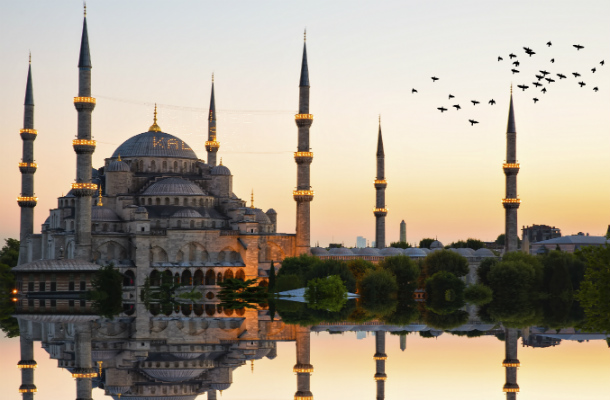






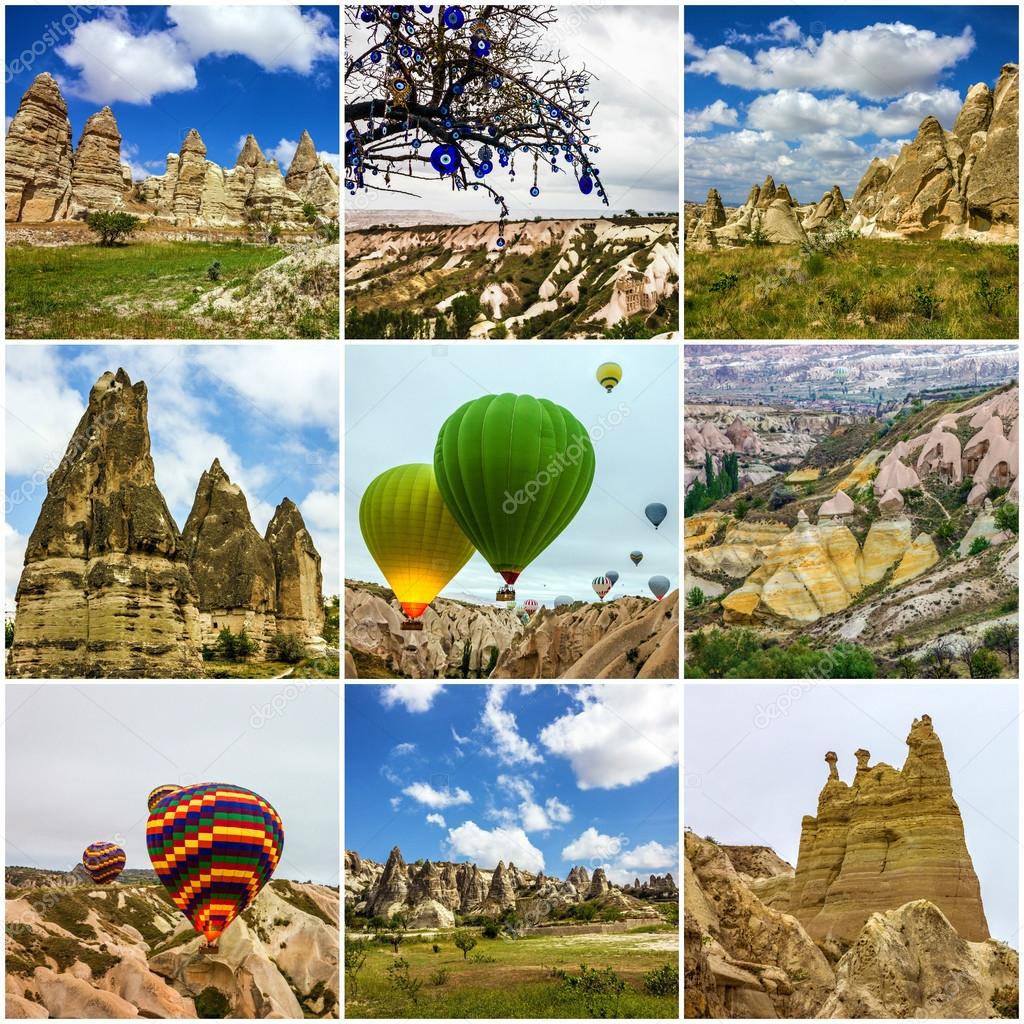















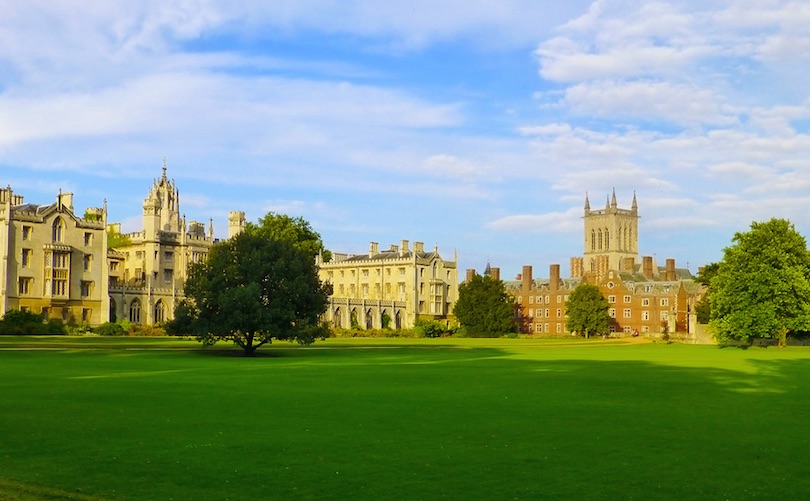


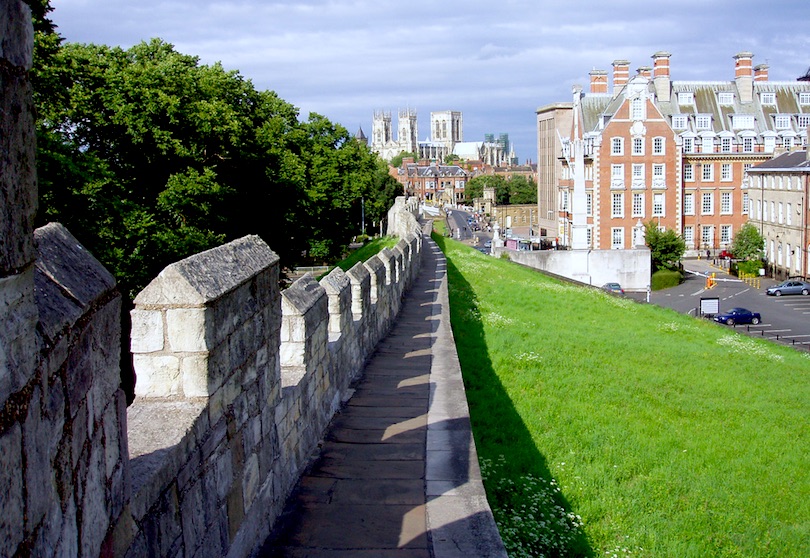


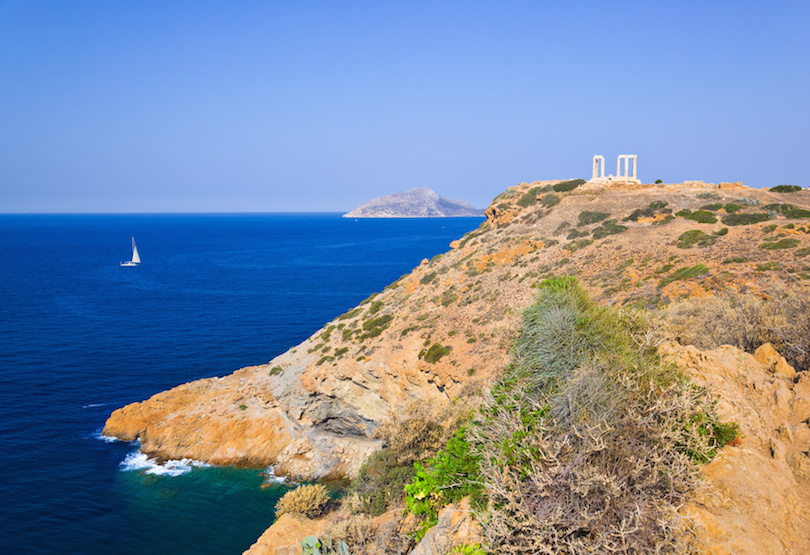
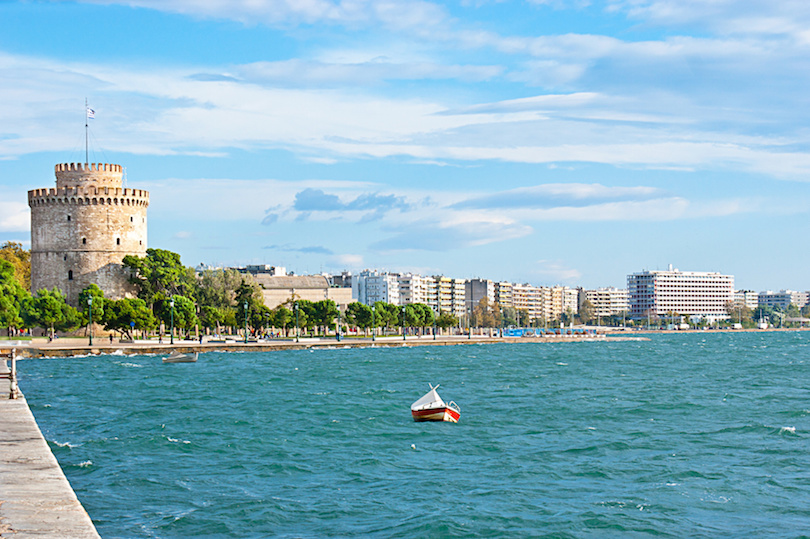

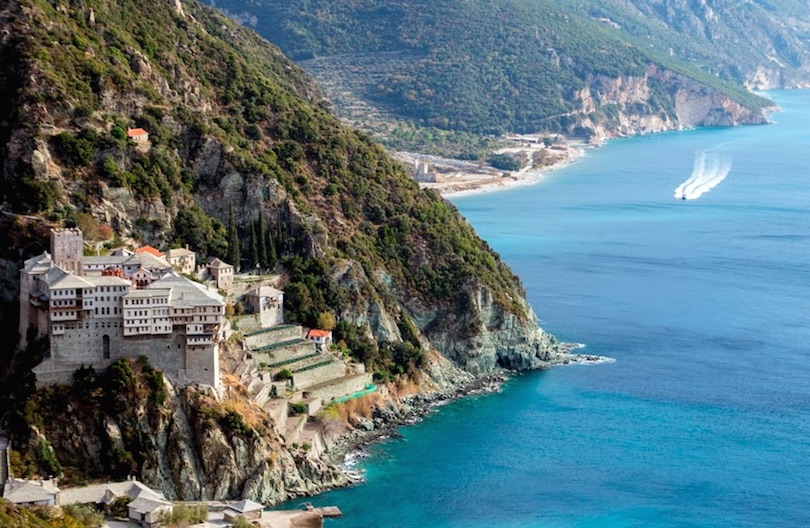
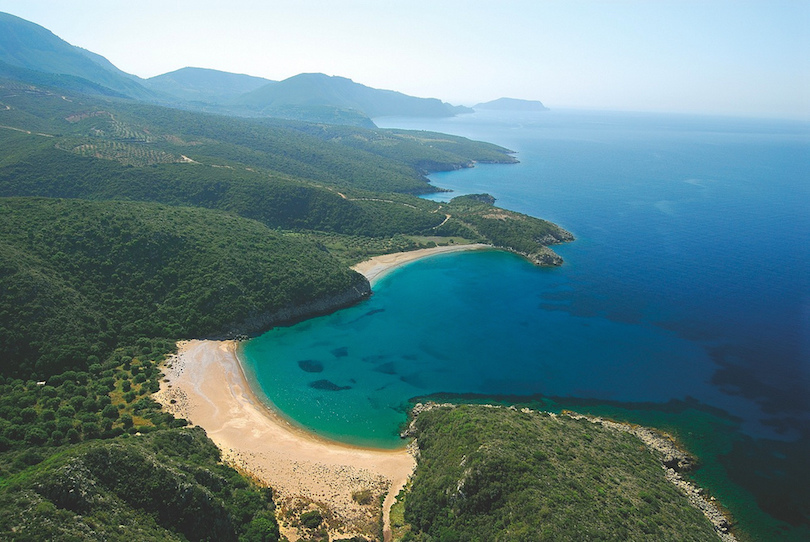
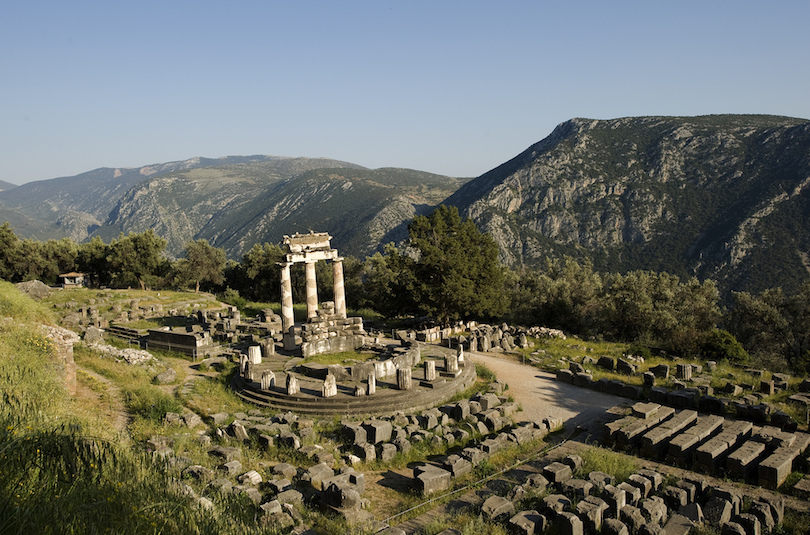
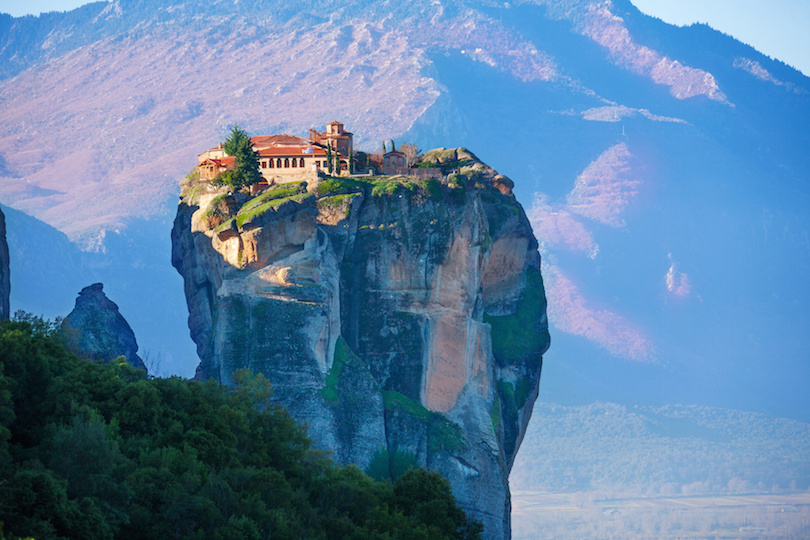
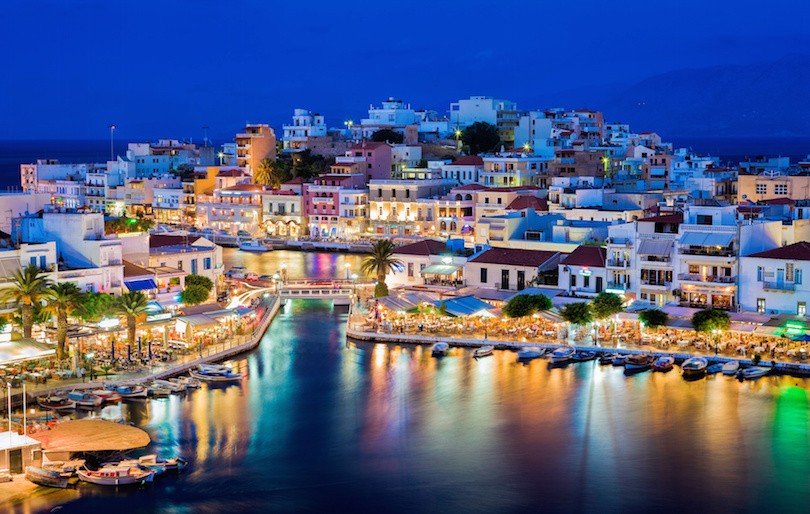
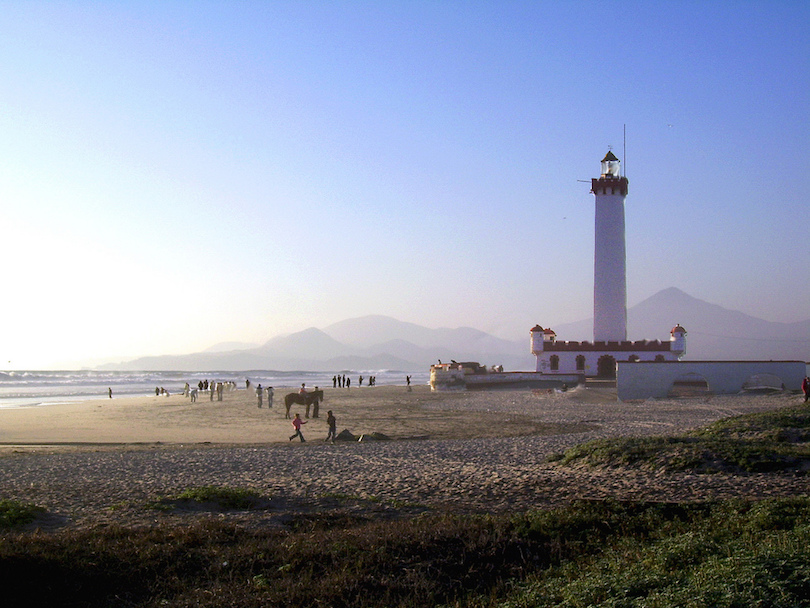
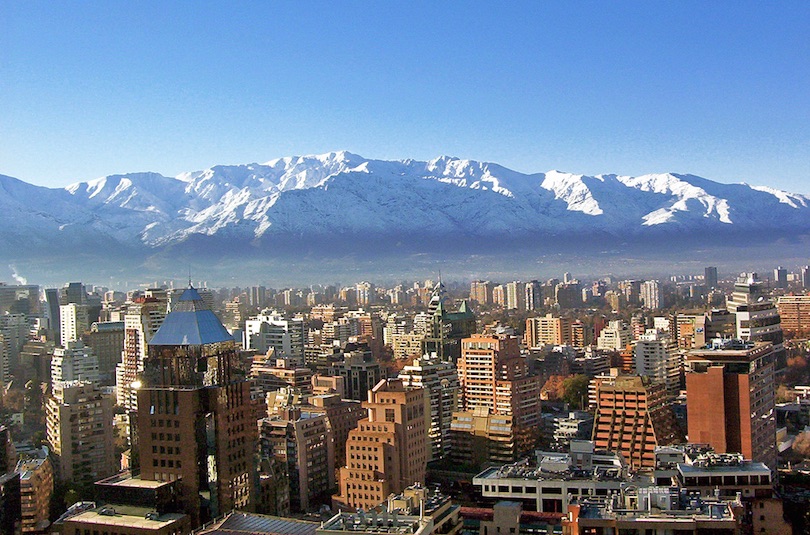
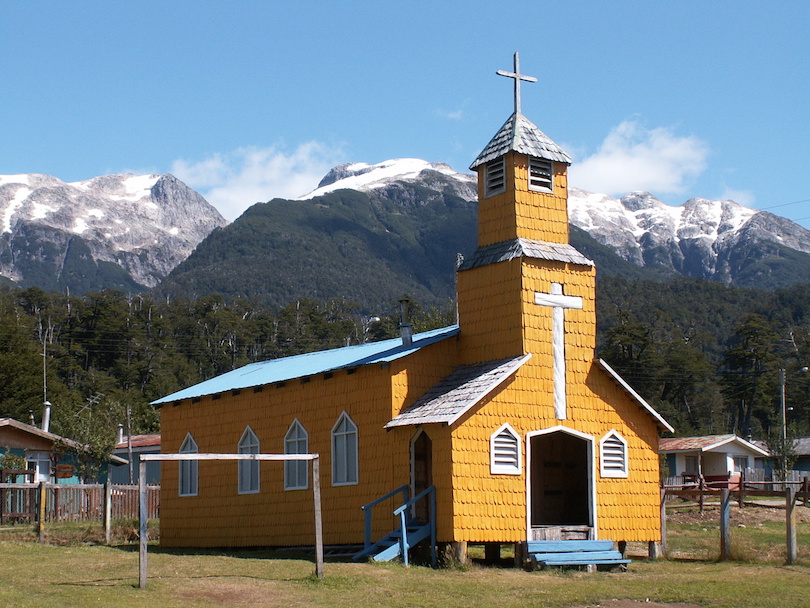
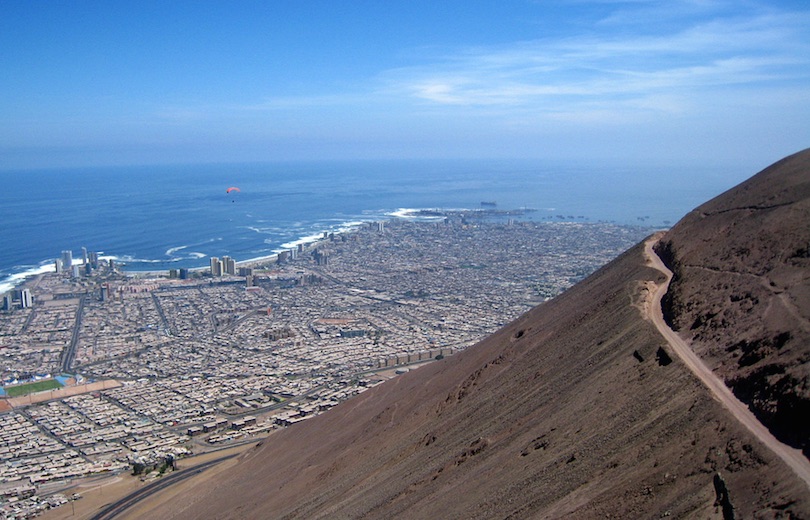
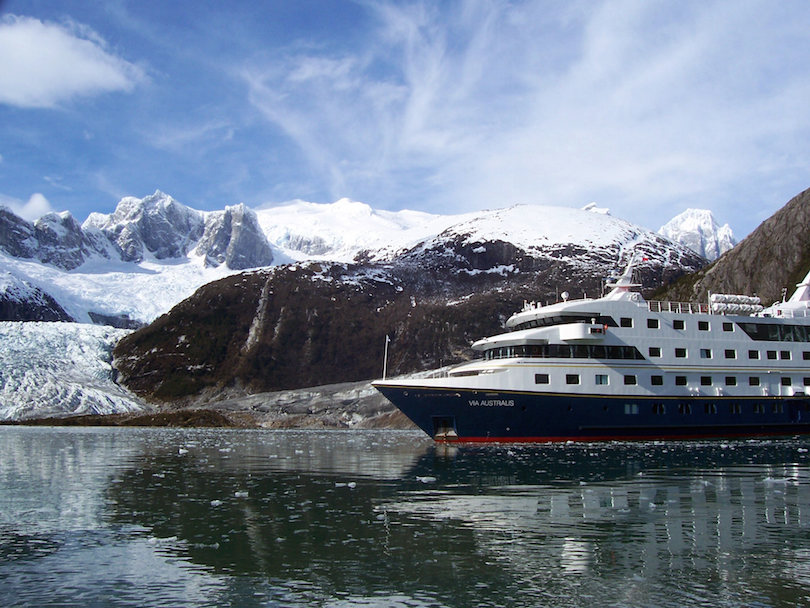
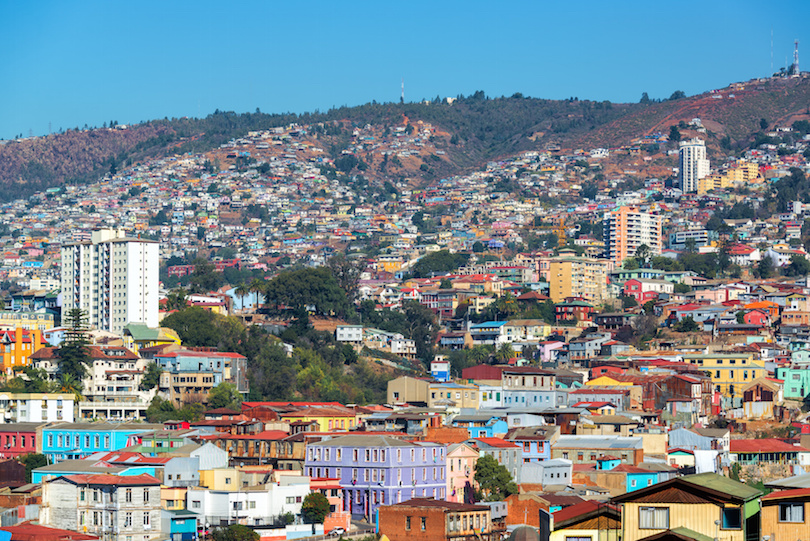
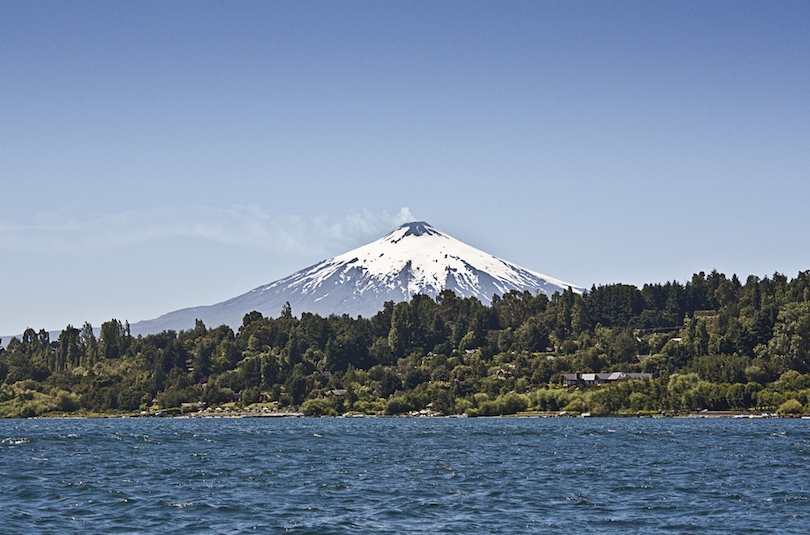
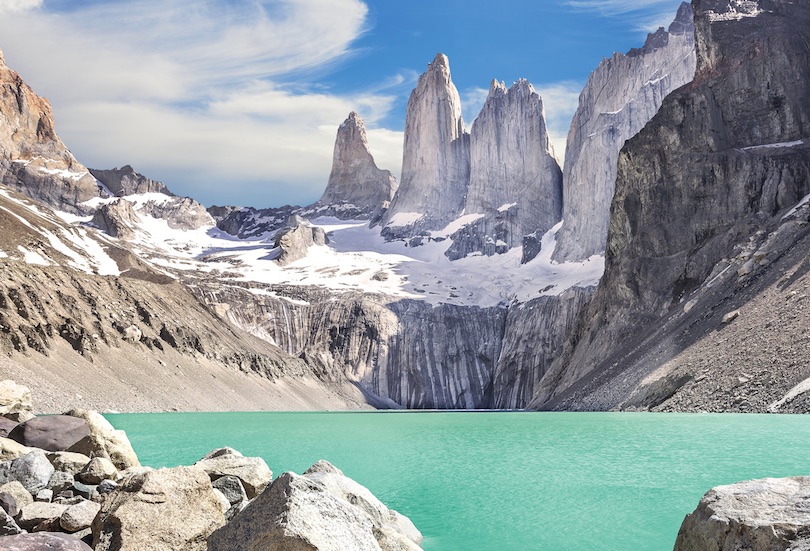
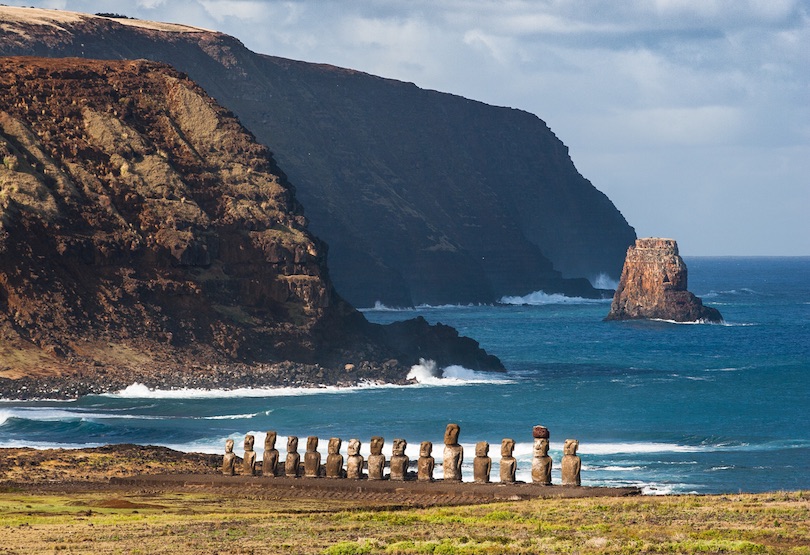
No hay comentarios.:
Publicar un comentario